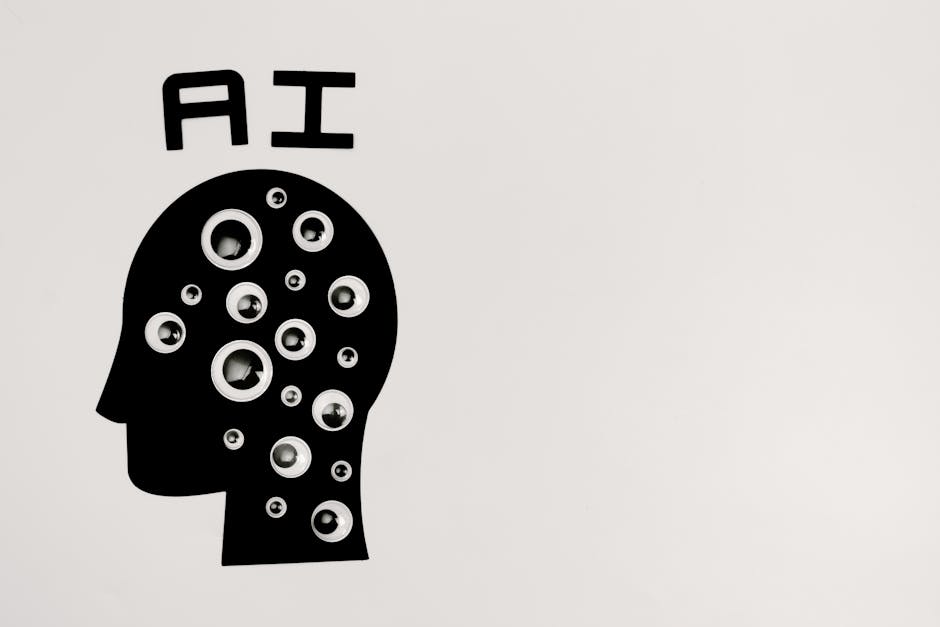AI’s Looming Arrival: Geoffrey Hinton’s Warning and the 2025 Implications
Geoffrey Hinton, a pioneer in the field of artificial intelligence and often dubbed the “Godfather of AI,” recently issued a stark warning: the arrival of artificial general intelligence (AGI) may be far closer than previously anticipated. Hinton’s concerns, expressed in various interviews and publications throughout 2025, have sent shockwaves through the tech industry and spurred renewed debate on AI safety and regulation. This article examines Hinton’s warning and analyzes its potential implications for 2025 and beyond.
The Hinton Warning and its Context
Hinton’s concerns stem from the rapid advancements in deep learning and large language models (LLMs) witnessed throughout 2025. The unexpected capabilities demonstrated by these systems, surpassing even the expectations of leading AI researchers, have fueled his apprehension. He emphasizes the unpredictable nature of rapid technological progress, suggesting that the timeline for AGI development might be significantly compressed. The implications of this accelerated timeline are profound and demand immediate attention from policymakers and the tech community alike. Hinton’s warning is not merely a prediction; it’s a call to action.
The Shifting Landscape of AI Development
The year 2025 has seen an unprecedented surge in AI development, driven largely by advancements in computing power and the availability of massive datasets. Several companies released LLMs with capabilities previously thought to be years away, leading to concerns about the potential misuse of this technology. This rapid progress has blurred the line between what was previously considered science fiction and near-term reality, heightening the urgency of addressing the ethical and societal implications. The speed of innovation is exceeding the ability of regulatory frameworks to keep pace.
Key Concerns Arising from Hinton’s Warning
Hinton’s warning highlights several key concerns relevant to 2025. These anxieties extend beyond mere technological advancement to encompass the ethical, social, and economic ramifications of an imminent AGI breakthrough. The potential for job displacement due to automation is one prominent worry, as is the risk of malicious actors exploiting AGI for nefarious purposes. Moreover, the lack of robust regulatory frameworks to govern the development and deployment of powerful AI systems adds further complexity to the challenge. The situation demands a multifaceted approach.
The Ethical Dilemma of Uncontrolled AI
The ethical considerations surrounding AI development in 2025 are paramount. As AI systems become increasingly autonomous and capable, the need for robust ethical guidelines and regulations becomes even more critical. Concerns about algorithmic bias, privacy violations, and the potential for misuse are heightened by the prospect of AGI arriving sooner than anticipated. The ethical dimension of AI development is no longer a future concern; it is an urgent present reality.
2025’s Response to Hinton’s Warning: A Mixed Bag
The response to Hinton’s warning in 2025 has been varied. While some prominent figures within the tech industry have expressed cautious optimism, others share Hinton’s alarm. Many leading researchers are advocating for a more cautious and responsible approach to AI development. However, the competitive landscape of the AI industry often prioritizes speed and innovation over safety and ethical considerations. This inherent conflict presents a significant challenge.
Regulatory Efforts and Their Limitations
Several governments initiated regulatory discussions and drafted preliminary legislation aimed at mitigating the risks associated with advanced AI. However, the rapid pace of technological advancements has often outstripped the legislative process. The complexity of regulating a rapidly evolving field makes it difficult to create effective and timely regulations. Balancing innovation with safety remains a formidable challenge.
The Future Impact: Predictions and Potential Scenarios
Hinton’s warning compels a deep dive into the potential future implications of accelerated AGI development. Several scenarios are possible, ranging from a utopian future where AGI solves humanity’s most pressing challenges to a dystopian future where it exacerbates existing inequalities or poses an existential threat. The path forward depends heavily on the collective choices made in 2025 and beyond. Proactive measures are crucial.
Key Predictions and Scenarios for Post-2025 AI Development
- Accelerated Automation: Widespread job displacement across various sectors.
- Increased Inequality: Widening gap between those who control and benefit from AGI and those who don’t.
- Geopolitical Shifts: Competition among nations to secure dominance in AI development.
- Enhanced Security Risks: Increased potential for AI-powered cyberattacks and autonomous weapons systems.
- New Ethical and Legal Challenges: Difficulties in assigning responsibility and accountability for AGI actions.
Conclusion: Navigating the Uncharted Territory of AGI
Geoffrey Hinton’s warning serves as a critical wake-up call for the global community. The potential arrival of AGI sooner than expected necessitates a proactive and collaborative approach. This involves fostering open dialogue among researchers, policymakers, and the public; establishing robust ethical guidelines and regulations; and prioritizing safety and responsible AI development over unchecked progress. The year 2025 represents a pivotal moment in the history of AI, a juncture where the choices made will profoundly shape the future of humanity. Ignoring Hinton’s warning would be a grave mistake.

